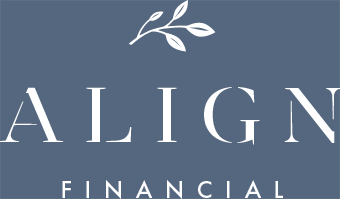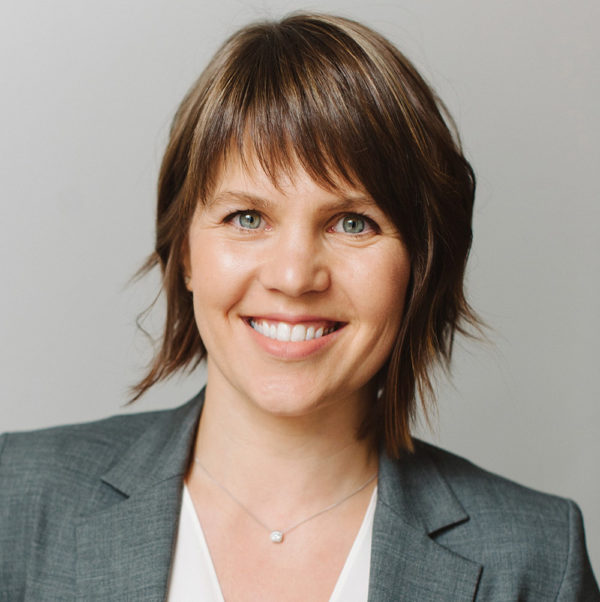As a healthcare employee, you may have options that aren’t available to other workers when it comes to saving up that nest egg – namely, the hospital’s 457(b), or “top hat,” plan. But what is a 457(b) plan, anyway? Why might somebody consider making 457(b) contributions, and what drawbacks might discourage her from doing so?
As a medical professional, your work is more than just your livelihood. It’s your life. You’ve spent your career helping people get better, and you should be looking forward to a well-deserved rest as retirement time draws near.
So, how can you be sure you’re saving enough to fund that restful retirement you’ve worked so hard for?
What is a 457(b) Plan?
Let’s start with the basics.
A 457(b) is a “tax-advantaged deferred compensation plan,” in IRS speak. But keep in mind there are many features of 457 plans, and not all employers offer the same options. You (or your advisor) will want to be sure to review your own employer’s plan document to be certain which rules apply to your plan.
For example – some 457 plans offer employer contributions, while others only allow employees to put money in. Some allow for catch up provisions, while others don’t. Some are funded and some are considered “un-funded.”
One of the largest healthcare employers in Duluth has a 457. It’s an extra retirement plan (on top of the 401k plan) offered to certain (usually highly compensated) employees of an organization as an extra benefit, allowing the participant to contribute more money to another retirement plan and defer the income tax on those contributions in that year.
There are other 457(b) plans offered to governmental employees as a contributory plan to supplement their state pension offerings. An example in this area would be the Minnesota State Deferred Compensation Plan, for state employees.
Why Should I Contribute to a 457(b)?
No matter what vehicle you use to do so, saving for retirement is absolutely essential. And there are many reasons to seriously consider taking advantage of your 457(b) specifically.
- Contributions to your 457(b) are taken directly from your paycheck, and they’re tax-deferred. That means you’ll lower your overall income tax burden today – and you won’t have to consciously think about stashing cash for retirement. Just set up your contributions, allocate your assets, and let your nest egg grow.
- Like other company-sponsored plans, 457(b)s have high contribution limits. You can contribute up to $19,500 to your 457(b) in 2020, and depending on your plan structure you may also be allowed catch-up contributions if you’re over the age of 50 or within three years of retirement. What’s more, if you’re eligible for both a 457(b) and a 401(k), you can actually contribute the full limit to both plans – that is, you can stash away a total of $39,000 in tax-deferred contributions if you fully fund both.
- Unlike other types of retirement plans, there’s no early withdrawal penalty if you withdraw the funds before retirement age. IRAs, 401(k)s, and 403(b)s all carry an additional 10% tax when you take early distributions.
Why Wouldn’t I Contribute?
Given all those perks, a 457(b) sounds like a pretty great retirement plan, right?
Well, there are a few less-desirable caveats to keep in mind, too.
- In some cases plans must remain “unfunded” – which means the assets are not held in trust for the employees, but rather remain the property of the employer. Yikes! That means they’re available to your employer’s creditors should the firm fold or face litigation. (In other words, it’s a riskier investment than some other types of qualified plans.) Keep reading to learn more about the Rabbi Trust provision.
- When it comes time to take distributions at retirement, 457(b)s can’t be combined with the other types of accounts you might hold. 457(b)s can not be rolled over into an IRA like 401k and 403b plans. This combined with the unfunded nature can make it a good idea to draw from this account first when you actually retire. These plans are also usually smaller than the others, therefore drawing from them first, can simplify your tax situation later in retirement.
- Each plan has different distribution rules, dates and deadlines. Some plans (like Essentia’s) allow distributions the April following your retirement date; while others suggest an annual distribution over 10 years. You (or your advisor) will want to be sure you’re clear on the best way to access your money post retirement.
- The move away from the working world is already a big transition; facing a steep tax bill when you’re cashing out your retirement plans can make that change more challenging. Since a 457(b) is tax-deferred, you’ll be responsible for taxes on all your contributions and gains at the time you withdraw the money, which makes smart tax planning a must when creating your retirement income strategy.
- Even if you max it out, your 457(b) might not be enough to fund your retirement. We’ll talk more about this in just a second.
What is the Rabbi Trust Provision?
As we’ve just learned, although the 457(b) is a powerful retirement account in many ways, it has a significant drawback: In some cases it’s unfunded – which means there is some risk that your employer could keep the compensation you defer into the plan.
Many non-governmental 457(b) plans use a “Rabbi trust” in order to hold employee deferrals. This is a funded trust that holds the assets separate from the rest of the company’s finances, but still remains available to its creditors if there should be a bankruptcy or other litigation (and is thus still not entirely secure for you, the investor).
So there’s no absolute guarantee that your contributions will be waiting for you at retirement time, which can make these plans much less attractive for those with little risk tolerance.
Am I Saving Enough? How Can I Tell?
All told, making a decision about whether or not to contribute to a 457(b) plan is up to you. But one thing is absolutely certain: you’ve got to be saving and investing, and aggressively, if you want to retire comfortably.
In fact, it’s our opinion that if you make more than $180,000 a year, just maxing out your 401(k) contribution probably won’t cut it – at least if you want to maintain the lifestyle you’re used to. (Many people plan to downsize and simplify during retirement, but it can be difficult to do so when you’re already in a transitional part of your life.)
If you’ve grown accustomed to having a significant amount of cash flow throughout your life, chances are you’ll want to enjoy the same freedoms once you finally have a break from work – and why shouldn’t you? One of the best ways to ensure you’ll be comfortable is to diversify your retirement savings, investing in multiple types of accounts, like IRAs and 401(k)s as well as your 457(b) plan.
Should I Contribute to My 457(b) or Not?
The bottom line is – it depends. The tax savings of a $19,500 contribution to an extra retirement plan could be more than $9,500 every year if you’re in the top tax brackets. But, depending on how well your company manages their finances, and how long you still have to work; you have to weigh the tax savings against your confidence in your company’s ability to pay its bills long term.
Of course, just like every other money matter, your personal retirement needs are just that: personal. Only you can create the financial goals that will best suit your lifestyle and desires, and only you can do the hard work necessary to reach and enact them.
But that doesn’t mean you’re alone! We’re ready and waiting to help you learn exactly how much you need to save – and to find the right financial tools to get you where you’re going. Send us a message to connect so we can help you write your story precisely as you want it to be told.













